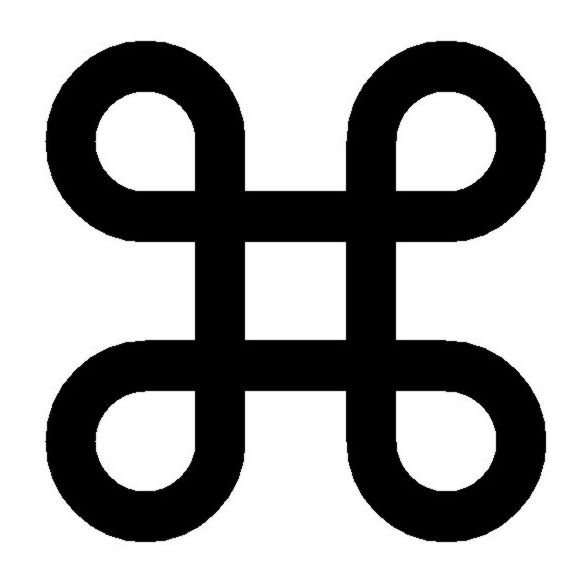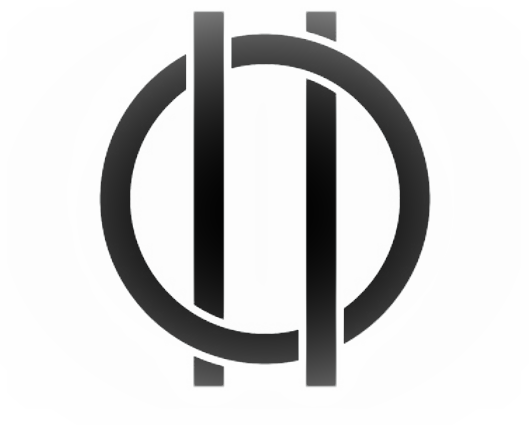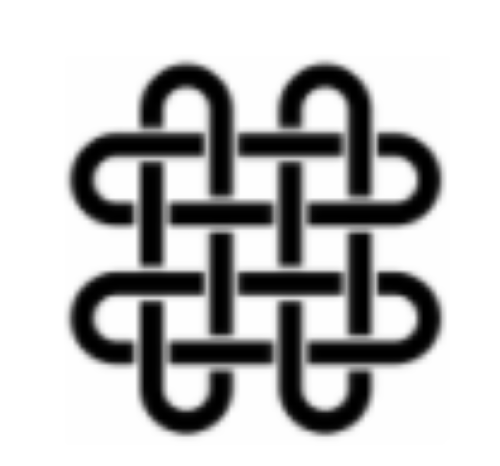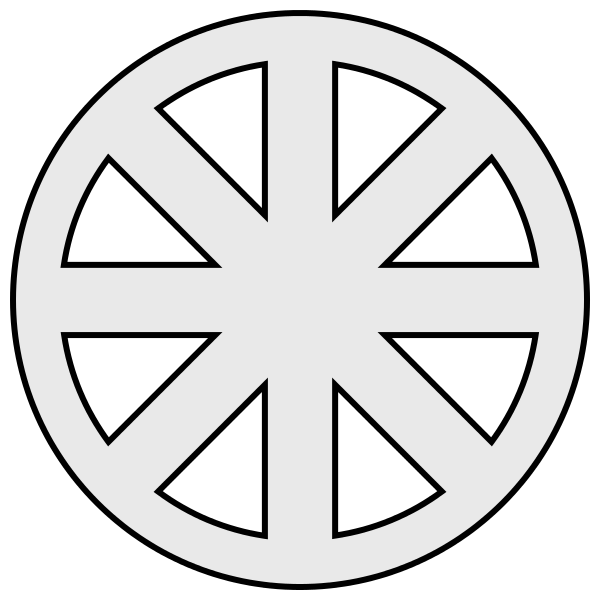Bowen Knot Symbol – History And Meaning
In symbolism, it is also known as the heraldic knot, but the Bowen knot is not knotted so it’s not a true knot. It is actually a heraldic emblem, which is sometimes used in heraldry as a charge.
The name “Bowen knot” is taken after a Welsh nobleman called James Bowens. It is one of the various Celtic knots that symbolize love. In fact, yet another name for this symbol is “true lover’s knot.”
It should be noted that when this symbol is made using a rope, you call it a Bowen knot. Otherwise, it is a traditional heraldic knot also referred to sometimes as a shield knot. The Bowen knot is, in fact, a heraldic emblem for the badge of the family it has taken its name from.
Bowen Knot Symbol – History And Meaning
If you want to learn more about the Bowen knot symbol, read on to find out the meaning, history, and significance of this Celtic symbol.
Bowen Knot History

One of the oldest known forms of the Bowen knot came from Mesopotamia. The same symbol is found in the Kabbalah, where it is referred to as the Shema symbol. This symbol was used in invoking the four Archangels.
This looped square symbol is called the sankthanskors in Sweden. It has appeared in centuries-old Scandinavian artifacts.
In modern times, the Bowen knot is used as an indicator of locations of cultural interest. This practice began in the Nordic countries in the late 1960s. Today this symbol is also is used as an interesting marker on maps and signs in Ukraine, Latvia, Belarus, Estonia, Lithuania, and Germany.
This symbol is sometimes called the Kalevala symbol as well. This is due to its appearance on the cover of The Kalevala, a 19th-century compilation of epic poetry from Finnish and Karelian oral folklore and mythology.
This looped square symbol is found on various antiquities in Northern Europe. It appears on a picture stone found on the Swedish island of Gotland.
In Finland, the symbol was either carved or painted on barns and houses, and in tableware as well, in the belief that it warded off bad luck and evil spirits.
Bowen Knot Symbol

The Bowen knot is a looped square symbol that consists of a square with outward-pointing loops at each of its four corners. It known by numerous names and has a lot of variations.
Although the Bowen knot takes different forms, its distinctive features make it the universal symbol of protection that it is. This symbol is used by various cultures and is still in common use nowadays.
As mentioned, there are different kinds of Bowen knot. A bendwise Bowen knot—also called a Bowen cross—is lozenge-shaped, while an angular Bowen knot has no rounded sides and appears to consist of five squares.
More knots are considered variations of this symbol. These are the Shakespeare, Dacre, Lacy, Tristram, and Hungerford knots. They are even blazoned as the Bowen knot sometimes.
Today Mac users might recognize this familiar looped square symbol on Apple keyboards. The Bowen knot is used as the Command key symbol, but the origin of this use is said to be unrelated to that of the Bowen knot in heraldry.
Bowen Knot Symbol Meaning
The Bowen knot is made up of a rope in a continuous loop laid out as an upright square. More loops are in its four corners.
Named after the Welsh nobleman, James Bowen, this knot was the heraldic emblem for the Bowen family crest. In heraldic design, the Bowen knot is usually drawn with curved bows but sometimes appears with corners.
The Bowen knot is symbolic of infinity, love, and flowing water. It is known by its various other names such as Saint John’s Arms, Saint Hannes Cross, Gorgon loop or Gorgon’s loop, Johanneskor, hannunvaakuna, and sankthanskor.







One Comment